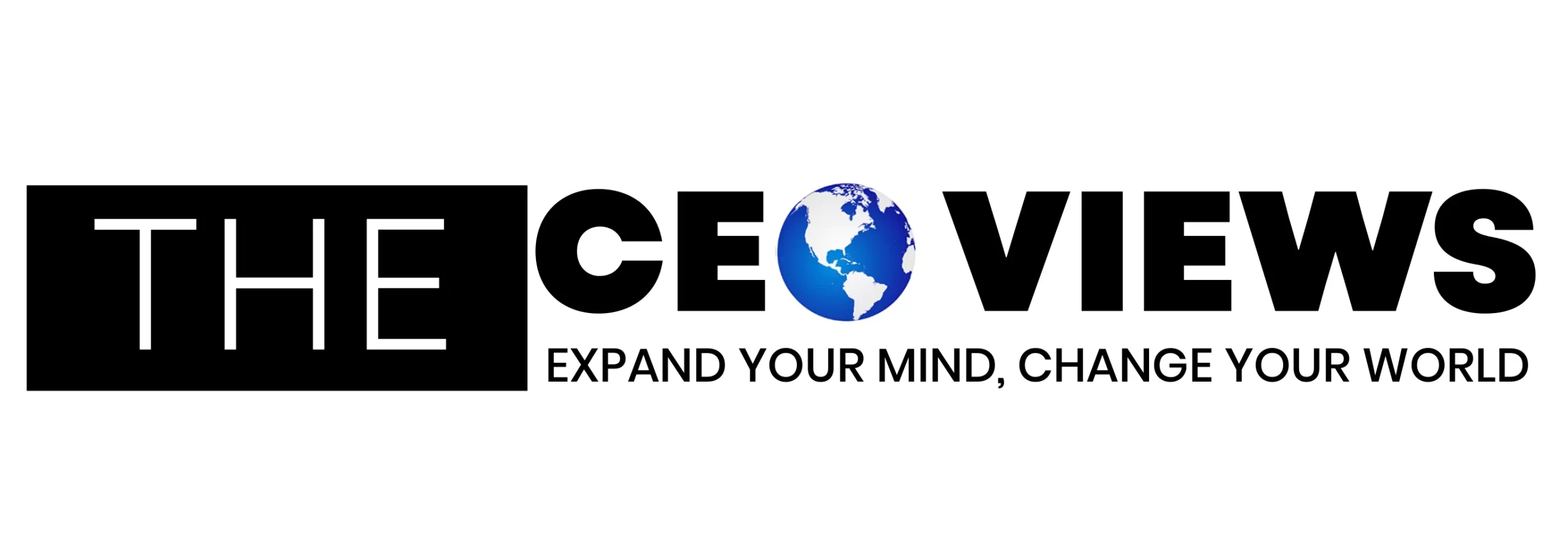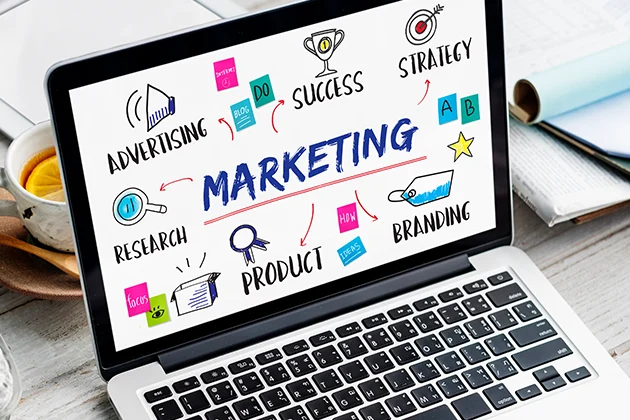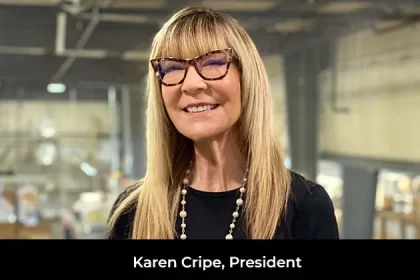What makes you click on “add to cart” after you’ve seen an ad? Is it a good deal on a product? Probably, but that’s not usually enough. There’s also a good chance you really like the brand you’re buying from, but have you ever asked yourself – why is it that I like that particular brand more than others?
Let’s be brutally honest and admit that a truly unique brand that offers one-of-a-kind products is not just hard to find, but it’s practically impossible. This is why brands are turning to humor as a marketing tool in order to grab people’s attention. If they can make you laugh, they’ll sell you on it easier, whether you like to admit it or not. Why? Because they’re automatically more likable if they’re funny. Even if they’re a bit mean, you’ll still like them (sometimes you might like them even more because of it).
In this article, you’ll see how and when brands began incorporating humor into advertising and why it matters, so let’s get straight into it!
The Early Days
Humor in advertising isn’t anything new. In fact, it’s been around for over a century. Back in the early 90’s, big brands realized that laughter was a super-effective way to grab people’s attention. Also, they found out that funny ads are likely to be rewatched, or even shared. Coca-Cola is a pioneer when it comes to humor in ads. Their lighthearted and fun ads are still being studied today.
Then, in the mid-20th century, radio became more popular and humor crept in there, as well. With voices and music, and comedic jingles now in ads, only the sky seemed to be the limit.
TV Advertising and Comedy in Branding
Once every household was able to have a TV, humor in advertising made a huge step forward. Print and radio are great, but with TV, brands were able to use visuals. With creativity running high, slapstick humor, and exaggerated characters, commercials went to a whole new level.
Brand mascots were developed – Geico Gecko, the Energizer Bunny, just to name a few memorable ones.
These quirky figures are very memorable and they simply added personality to ordinary products. Soon, brands no longer wanted simple jokes and they started using little storylines packed with humor to hold the people glued to the screens. Budweiser’s iconic “Whassup?” ad did so well that it became a pop culture reference. Celebrities and comedians became a big part of funny ads.
There were, of course, no guarantees that a humorous touch would work; it was all about finding balance for marketers early on. Too much joking would leave the audience to remember only the joke, not the product. However, if the ad was less funny, the brand wouldn’t stand out.
There was also the question of humor not traveling well across demographics; cultural differences don’t spare too many misunderstandings, so it is not uncommon or unsurprising to see ads bringing disaster instead of sales.
Digital Revolution and Online Marketing
The landscape of marketing was greatly altered by social media; conversely, humor became the weapon of choice for the likes of X, Instagram, and TikTok. It was all about being catchy, trendy, and shareable.
Consider an example like Wendy’s. Their whole online persona revolves around humor and they successfully use sarcasm and playful roasts to entertain their followers, but also promote their brand.
Memes have also exploded and you see companies like Netflix and Duolingo using them to promote themselves, especially to younger people. You can see countless popular memes on shirts and caps, and when your audience decides to wear your humor on their clothing pieces, you know your marketing campaign was a banging success.
However, humor is tricky in the digital space and if you try too hard, you won’t get anywhere. What’s funny today could very well be outdated tomorrow. This is why you’ll see most big brands use influencers and UGC to bridge that gap and make a marketing strategy feel more authentic and natural. If a creator shares a funny take on a brand, it looks better than a scripted ad because it’s more relatable.
And let’s not forget about AI. That’s right, chatbots have since acquired some sense of humor; their responses ceased being completely robotic, but are now partly witty and personalized.
Conclusion
Who wouldn’t love a good sense of humor? No matter the person or ad, there’s no way that something or someone who cracked a good laugh out of you (the one where you snort a little) will ever be forgotten.
The thing you need to remember is that humor has to feel effortless. If it sounds forced, it will damage your marketing campaign more than it will benefit it.










